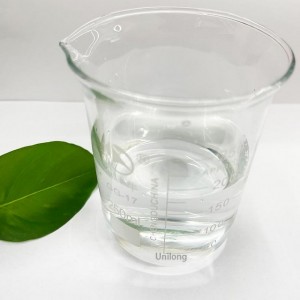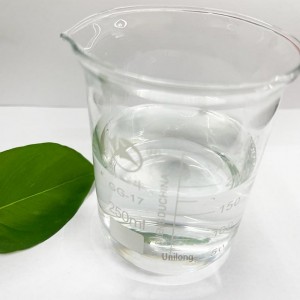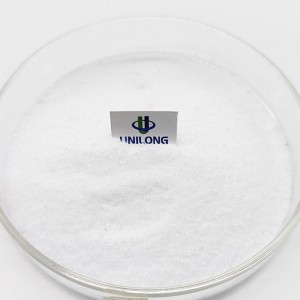Laccase CAS 80498-15-3
Laccase is a copper-containing polyphenol oxidase, which usually exists in dimer or tetramer form. Laccase was first discovered by Japanese scholar Yoshi in purple gum tree paint, and subsequently found in fungi, bacteria and insects also exist laccase. At the end of the 19th century, G. B. etranel first isolated it as an active substance cured by raw paint and named it laccase. The main sources of laccase in nature are plant laccase, animal laccase and microbial laccase. Microbial laccase can be divided into bacterial laccase and fungal laccase. Bacterial laccase is mainly secreted from the cell, while fungal laccase is mainly distributed outside the cell, which is the most studied type at present. Although plant laccase plays an important role in the physiological processes of lignocellulose synthesis and resistance to biological and abiotic stresses, the structure and mechanism of plant laccase have been unknown.
|
ITEM |
STANDARD |
|
Total Bacteria Count |
≤50000/g |
|
Heavy Metal(Pb)mg/kg |
≤30 |
|
Pb mg/kg |
≤5 |
|
As mg/kg |
≤3 |
|
Total coliform MPN/100g |
3000 |
|
Salmonella 25g |
Negative |
|
Color |
White |
|
Odor |
Slight fermentation |
|
Water content |
6 |
Laccase can catalyze the oxidation of more than 200 different types of substances, widely used in food, textile, paper and other industries. Laccase has the property of oxidizing phenolic substances, which can be converted into polyphenol oxides. Polyphenol oxides themselves can be polymerized to form large particles, which are removed by filtration membranes. So laccase is used in beverage production for beverage clarification. Laccase can catalyze phenolic compounds in grape juice and wine without affecting the color and taste of the wine. Laccase is added to the final process of beer production to remove excess reactive oxygen species and polyphenol oxides, thereby extending the shelf life of beer.
25kg/drum
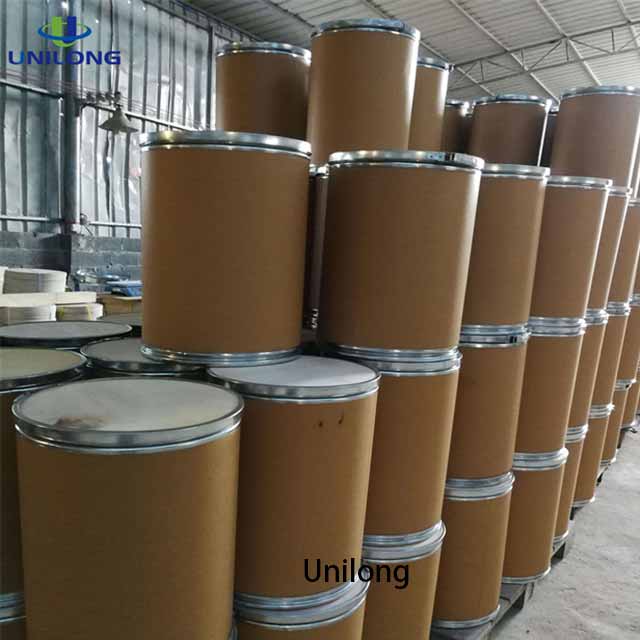
Laccase CAS 80498-15-3
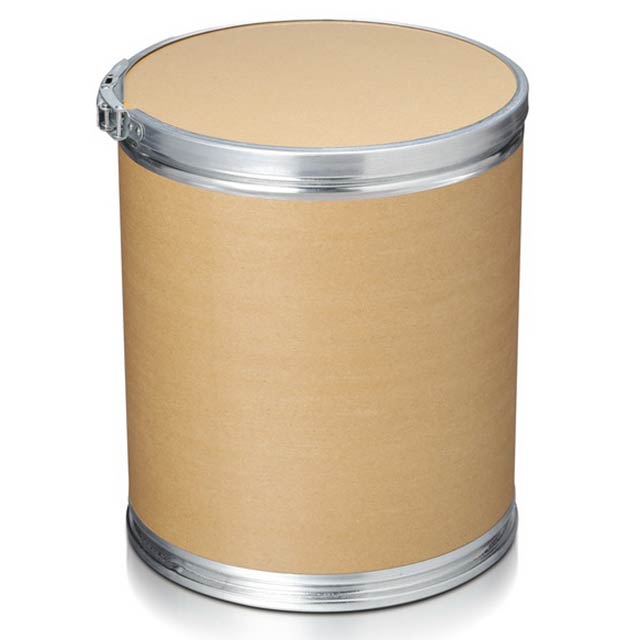
Laccase CAS 80498-15-3









